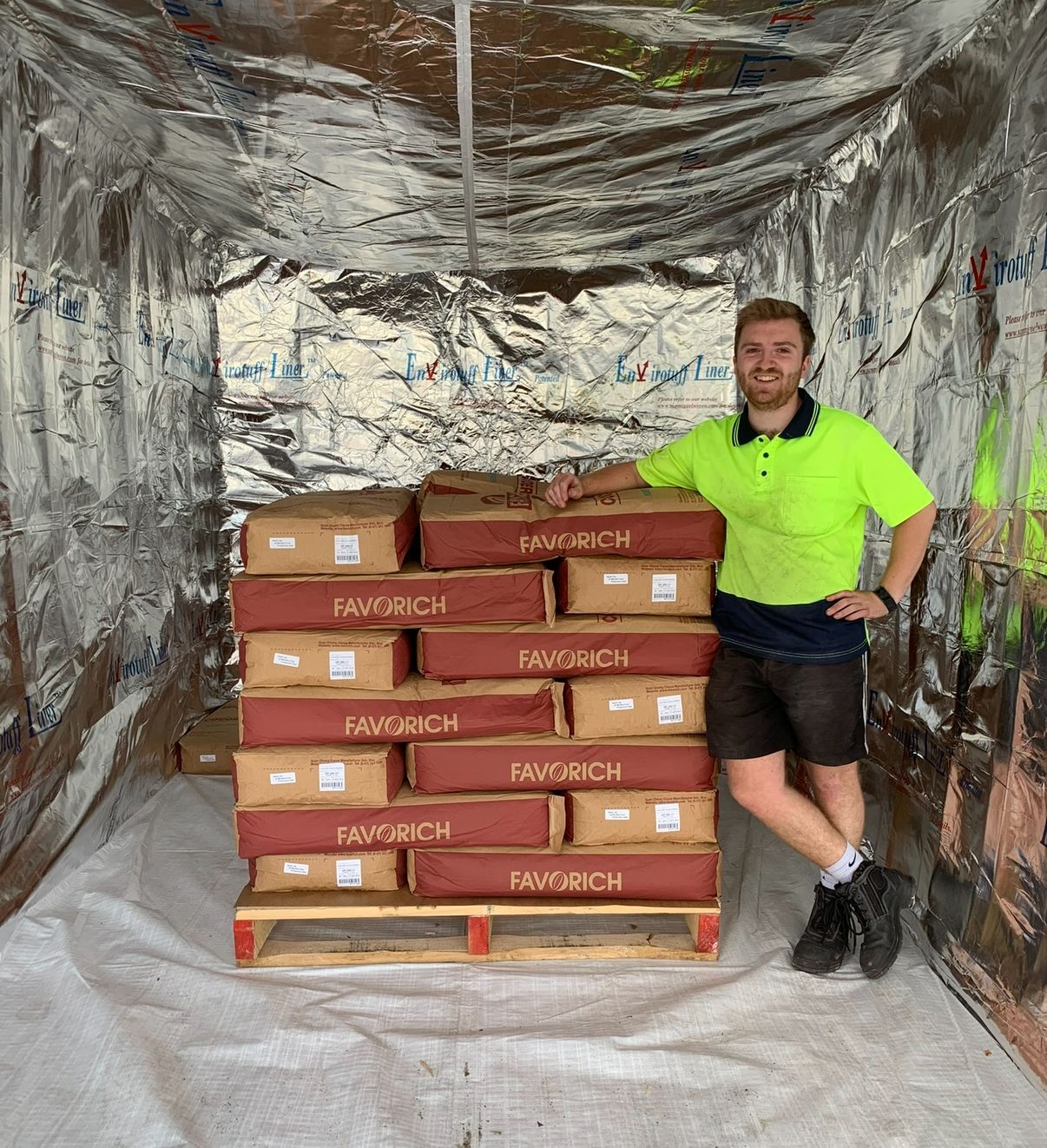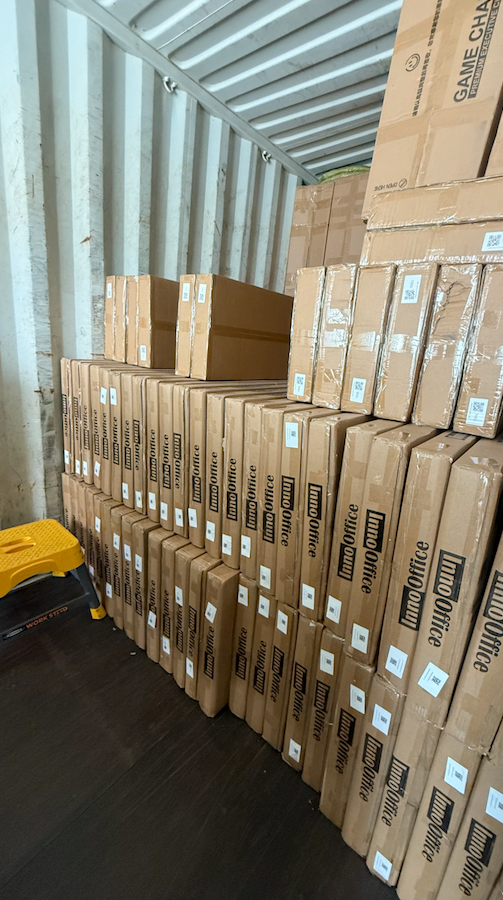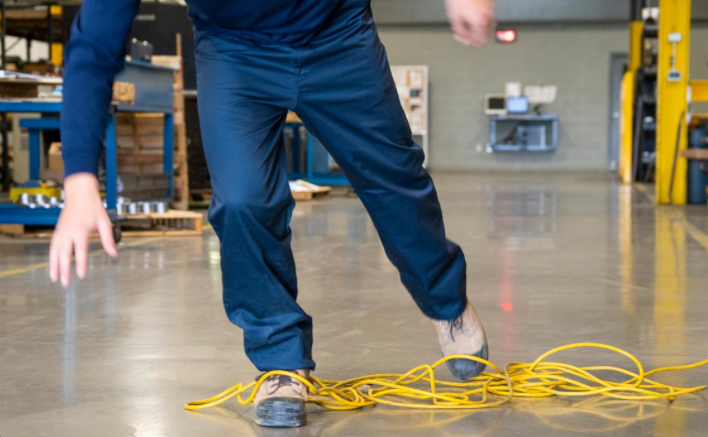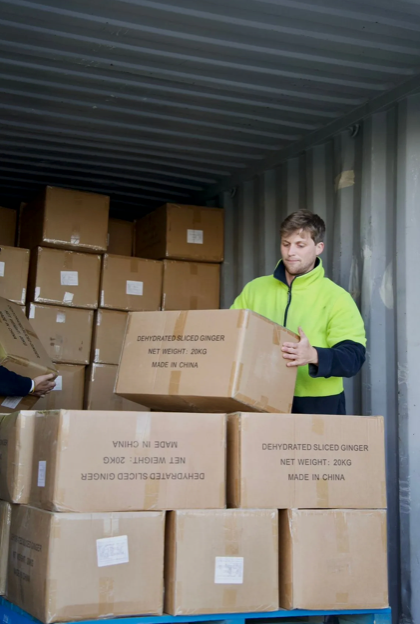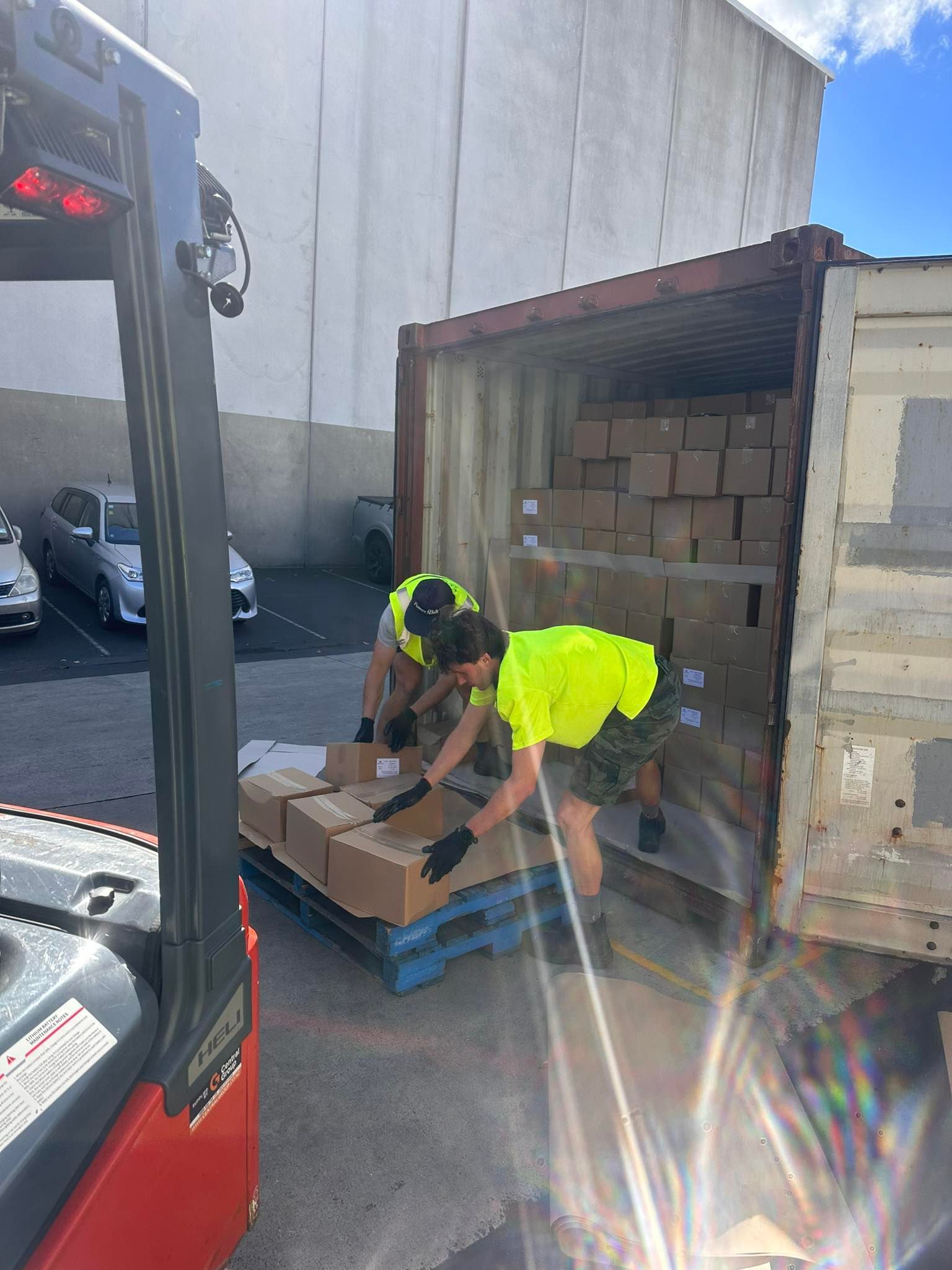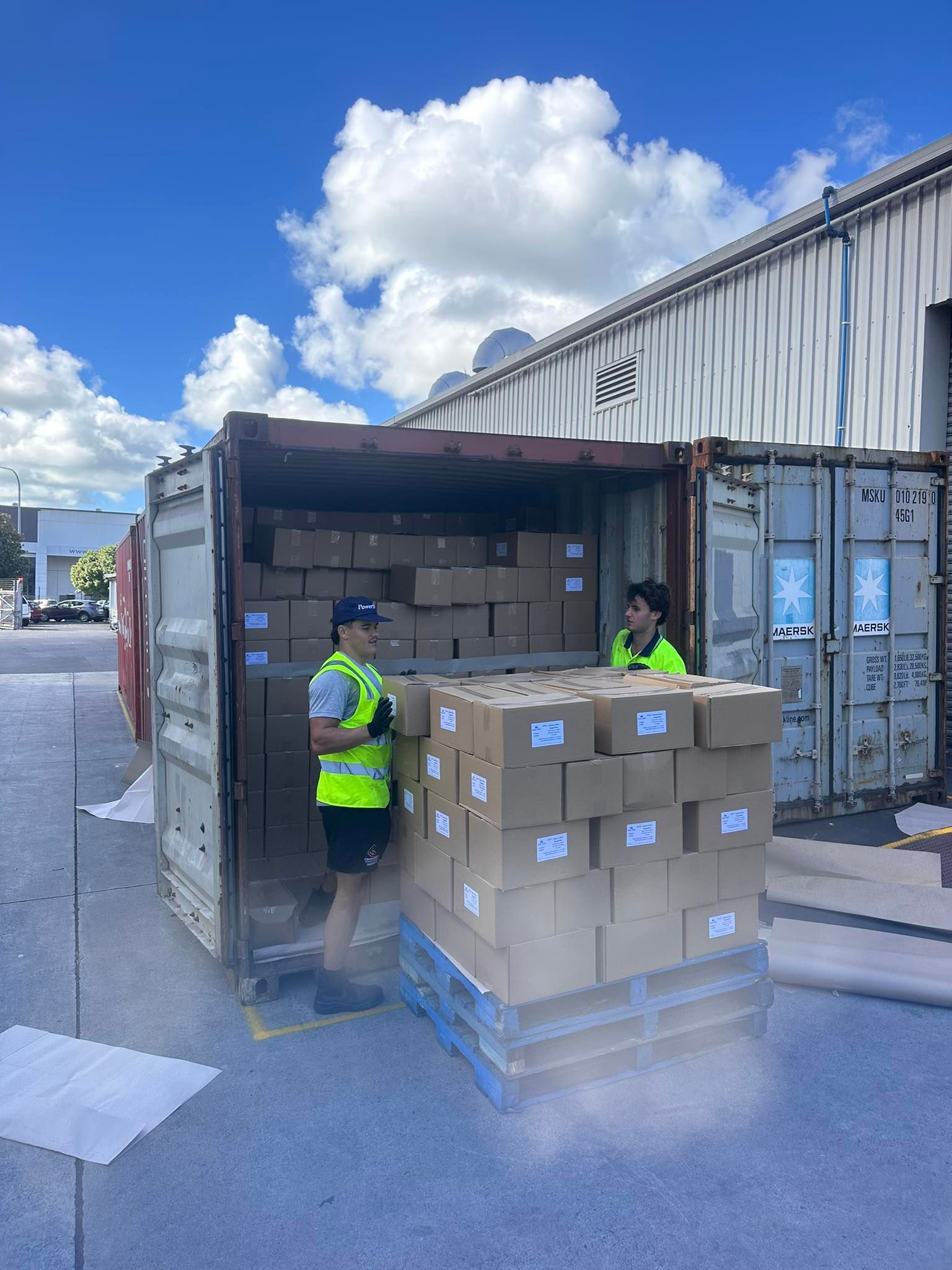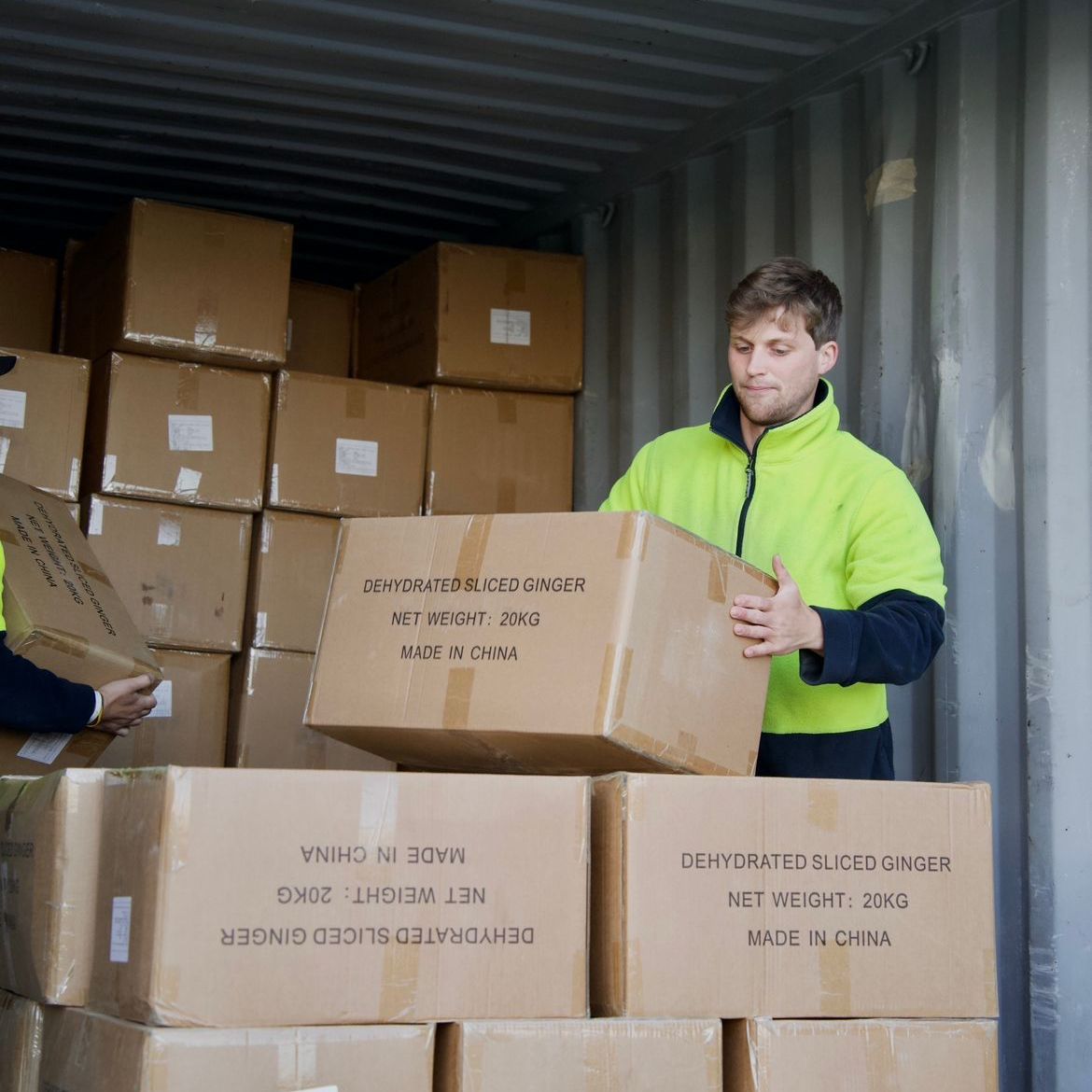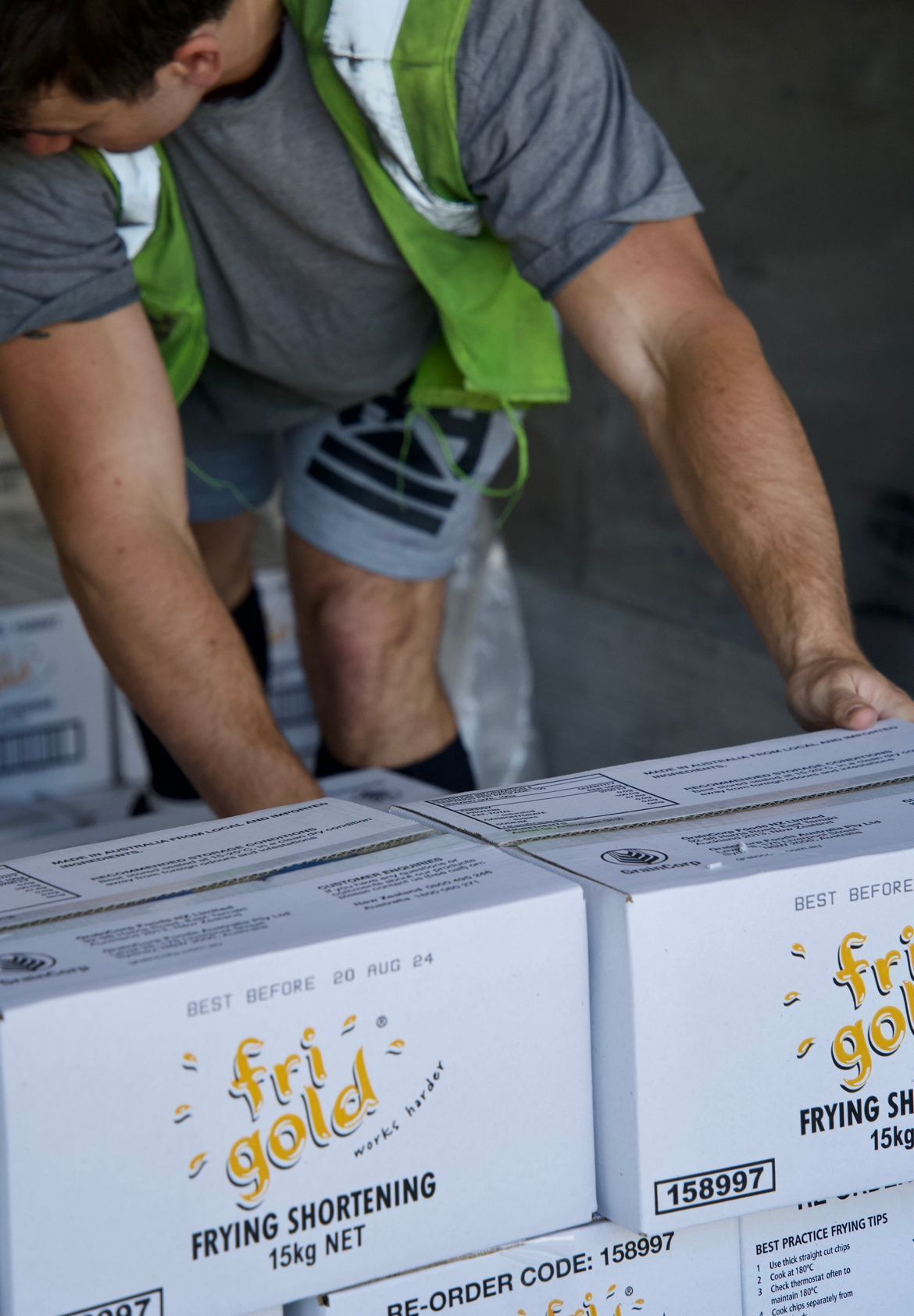Speeding Up Your Devanning Systems
Blog Post: 24.02.2025

How to Speed Up Container Devanning Systems: Boost Efficiency and Reduce Costs
In today’s fast-paced supply chain environment, speed and efficiency are essential for staying competitive. One area where businesses can drastically improve is their container devanning process. Container devanning – the act of unloading containers full of goods – is a critical part of logistics, and delays can have a domino effect, slowing down the entire supply chain and causing bottlenecks.
So how can you speed up your container devanning system without compromising safety or quality?
Here are a few key strategies to consider.
1. Use the Right Equipment
Investing in the right equipment can make a significant difference in how quickly containers are unloaded. For example:
- Forklifts and pallet jacks: These are essential tools for moving large or heavy items quickly. Using the right type of forklift for the job can reduce unloading time, as it allows workers to move multiple pallets at once.
- Conveyor belts: Automated conveyor systems are an excellent choice for moving items out of containers quickly, particularly if the items are smaller and need to be sorted once unloaded.
- Stretch wrapping machines: If products are stacked on pallets, using stretch wrapping machines can help speed up the process of securing and preparing goods for the next stage in the supply chain.
Regular maintenance and inspection of your equipment will prevent unnecessary breakdowns and delays.
2. Train Your Workforce for Speed and Safety
While having the right equipment is important, the speed of your container devanning also depends on how skilled your team is at using it. Proper training is essential not only for efficiency but also for safety.
- Forklift operation: Ensure your forklift drivers are well-trained in both operation and safety protocols. Skilled drivers can maneuver through the container faster, reducing bottlenecks.
- Team coordination: Train workers to work in teams to unload containers efficiently. When workers communicate and cooperate, they can move faster without missing a beat.
- Handling delicate goods: For containers with fragile items, workers should know how to handle and place goods to avoid delays due to accidents or damage.
Training your team regularly ensures they understand how to maximise the tools at their disposal and work together seamlessly.
3. Improve Container Loading Organisation
The way a container is loaded can directly impact how efficiently it’s unloaded. A poorly loaded container, with items packed in a random or disorganized manner, will inevitably take longer to empty.
- Pre-loading guidelines: Encourage suppliers or shipping partners to load containers in an organized way, with heavier items at the bottom and lighter ones on top. This allows for a more systematic approach to unloading.
- Prioritize items: When possible, make sure the most urgently needed items are at the front of the container or near the doors, reducing the time it takes to access critical stock.
Well-organised containers can be unloaded in a fraction of the time it takes to unload a jumbled mess.
4. Utilize Technology for Real-Time Monitoring
Advancements in technology can significantly enhance your devanning process. Real-time tracking software allows supervisors to monitor progress and adjust resources as needed. Here’s how it can help:
- Progress tracking: Supervisors can check on how quickly containers are being unloaded and determine whether additional resources are needed.
- Mobile apps: With mobile apps, workers can receive and update tasks in real-time, ensuring that everything is running smoothly.
- Data collection: Technology can also help collect data on the efficiency of devanning. This data can be used to improve processes over time.
By integrating technology, you can streamline operations and make informed decisions that speed up unloading times.
5. Pre-schedule Shifts and Labour
Effective planning can go a long way in ensuring that containers are unloaded quickly. Pre-scheduling shifts and labour based on peak demand periods helps ensure that there are always enough workers available without unnecessary overstaffing.
- Peak hours: If you know that certain times of the day are busier than others, schedule more workers during those peak hours.
- Flexible labour: Have a flexible workforce that can quickly scale up or down depending on container volume.
Pre-scheduling ensures that you’re always prepared, and that workers are ready to unload as soon as the container arrives.
6. Focus on Safety
While speeding up container devanning is important, safety should always be a priority. Accidents and injuries can cause significant delays, so it’s essential to have safety protocols in place to prevent these issues.
- PPE (Personal Protective Equipment): Make sure all workers are equipped with the necessary PPE, including gloves, steel-toed boots, and safety vests.
- Clear signage: Ensure that the unloading area is clearly marked to prevent accidents and allow workers to move around safely.
- Accident prevention: Implement regular safety drills to ensure workers know how to handle potential accidents.
By keeping the focus on safety, you reduce the likelihood of delays caused by injuries or accidents, and your team can work faster without fear of harm.
7. Track and Analyze Performance
Finally, regularly tracking and analyzing the performance of your devanning system is essential for continuous improvement.
- Key Performance Indicators (KPIs): Monitor KPIs like unloading time per container, the number of containers unloaded per day, and worker efficiency. These metrics can help you identify areas of improvement.
- Feedback loops: Encourage feedback from your workers, as they often have the best insight into areas that can be improved.
Performance analysis gives you the information you need to make data-driven decisions and continuously refine your processes.
Conclusion
Speeding up your container devanning system is about more than just quick labour. It’s about the right combination of equipment, skilled workers, well-organized containers, and smart strategies. By adopting these tips, you can improve efficiency, reduce delays, and ultimately provide better service to your clients while reducing costs.
With the right tools, team, and planning in place, your container devanning operations can run faster, smoother, and more efficiently than ever before.

